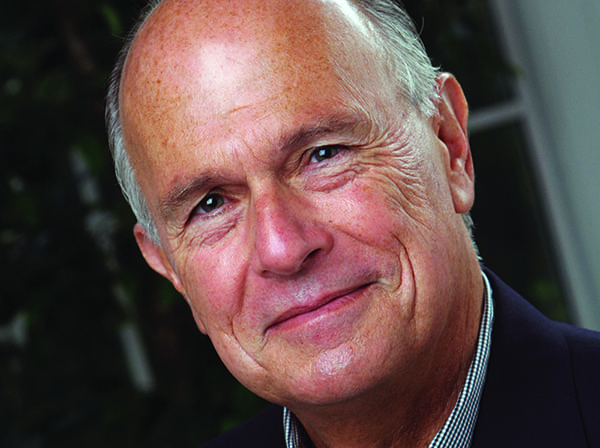
Although he never drove competitively, Steve Earwood grew up in a racing family.
For years, his father, Charlie, served as chief steward for a number of road racing organizations, including the SCCA Trans-Am Series. His brother, Terry, earned a U.S. Nationals drag racing victory in 1973 and went on to enjoy considerable success in road racing and served as the chief instructor for Skip Barber Racing.
“I was always the outlaw of the family,” Steve Earwood responded when asked how he ended up in the drag racing industry. “My mother gave me a subscription to Hot Rod Magazine when I was like 12 years old. Wally Parks was the editor at the time and he had formed this National Hot Rod Ass’n and he was making plans to leave Peterson Publishing, which published Hot Road Magazine, to work full time on developing this National Hot Rod Ass’n. I told my mother when I was 12 years old, I said, ‘When I grow up I want to work for this guy.’ I was enamored with the hot rods. I thought the cars were so neat. I had seen ‘Rebel without a Cause’ when I was much younger, and there was something about drag racing that appealed to me.
“I was always enamored with drag racing for some reason and I got involved in the sport during the early 1970s. My brother and I managed Gainesville Raceway back in ’71 and ’72. I also had a Pro Stock circuit where I would rent tracks throughout the Southeast, book in some Pro Stock guys and put on some races,” Earwood continued. “Then I had a chance to go to work for Wally Parks. I promoted the Gatornationals for NHRA in 1975 and we were able to generate a lot of press and publicity, the most they have ever had for that event. We were in the seven major dailies every day down there – the Tampa Tribune, Miami Herald, Orlando Sentinel, so on and so on.
“Wally came to me the day after that race and said, ‘Son, I would like for you to promote all of our races.’ So I went to work for them full time in 1975.”
Earwood spent 11 seasons as the director of NHRA’s national media program and his efforts played a key in growing the sport of drag racing.
“That involved making friends with the media,” Earwood said about his role with NHRA. “Mainstream sports media at that time thought very little of motorsports and even less of drag racing. Back then newspapers were king. This was before we had the internet, before we had social media. It wasn’t uncommon for a major daily newspaper to have a circulation of 1 million.
“I knew it was imperative to get into those papers because the broadcast media — usually there were only three network stations — they would follow whatever the major dailies were following,” Earwood added. “It was my job to get into these newspapers and get to know these guys — and quite frankly I became friends with them. NHRA gave me free reign, so when we came to town it was a good time because we would eat at the finest restaurants and drink some of the finest beverages. With that, we were able to get more and more space in the papers, and drag racing became a legit sport, if you will.”
